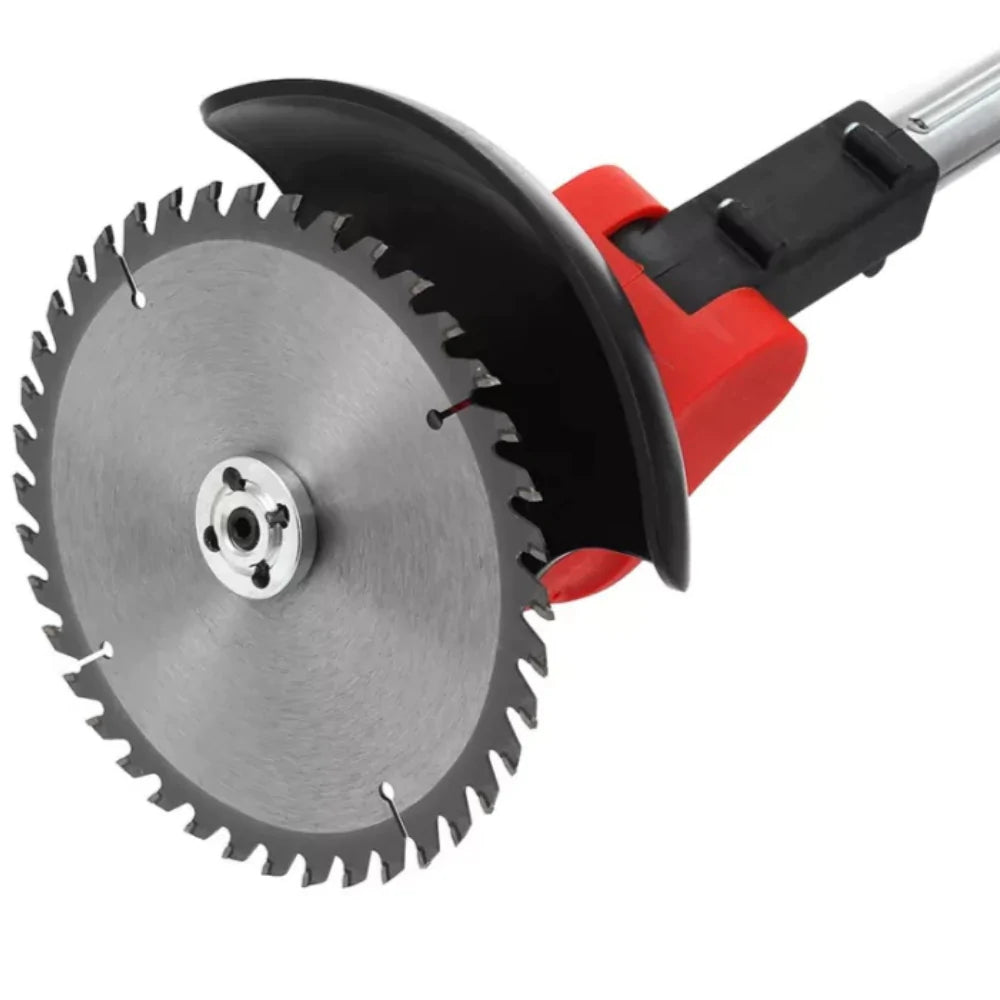Conclusion: Making Your Decision
As we conclude our exploration of Weed Cutter vs. traditional trimmers, it's time to recap the essential points and offer guidance on making your decision.
Weed Cutter Advantages: A Recap
-
Eco-Friendly: Weed Cutter's battery-powered operation produces zero emissions, contributing to a cleaner environment. Its low noise level is an added eco-friendly benefit.
-
Cordless Convenience: Enjoy unrestricted mobility with Weed Cutter's cordless design. No cords to limit your reach or tether you to a power source.
-
Precision Edging: Weed Cutter's included edger attachment allows for clean and professional-looking edges along walkways and flower beds.
-
High-Speed Efficiency: The Weed Cutter's impressive 18,000 RPM speed ensures efficient cutting, reducing the need for multiple passes.
-
Adjustable Length: Customize Weed Cutter's length for user comfort, accommodating individuals of various heights.
-
Low Long-Term Costs: Minimal maintenance and no fuel expenses typically result in lower long-term operating costs.
Traditional Trimmer Considerations
-
Variety of Models: Traditional trimmers come in various models, including gasoline-powered and corded electric options, providing flexibility in your choice.
-
Mobility Limitations: Gasoline-powered trimmers offer mobility but can be heavy, noisy, and emit emissions. Corded electric trimmers are quieter but limited by cord length.
-
Noise Levels: Noise levels can vary significantly depending on the type of traditional trimmer, with gasoline-powered ones being louder.
Your Decision-Making Process
To make your decision between Weed Cutter and traditional trimmers, consider the following steps:
1. Assess Your Lawn and Garden:
- Measure the size of your outdoor space.
- Evaluate the terrain, including any challenging areas or obstacles.
- Take note of noise-sensitive neighbors or local noise regulations.
2. Define Your Priorities:
- Determine your top priorities among factors like noise level, eco-friendliness, mobility, and cost.
3. Compare the Benefits:
- Weigh the advantages of Weed Cutter, such as eco-friendliness, cordless convenience, precision edging, high-speed cutting, adjustable length, and low long-term costs.
4. Consider Traditional Trimmer Options:
- If you're considering a traditional trimmer, explore the various models available and their noise levels, mobility, and emissions.
5. Make an Informed Choice:
- Based on your assessment, priorities, and the benefits of Weed Cutter, make an informed decision that aligns with your landscaping goals.
Conclusion
Whether you choose Weed Cutter or a traditional trimmer, the key is to invest in a lawn care tool that suits your unique landscaping requirements. Both options have their merits, and the right choice ultimately depends on your specific needs, budget, and environmental considerations.





